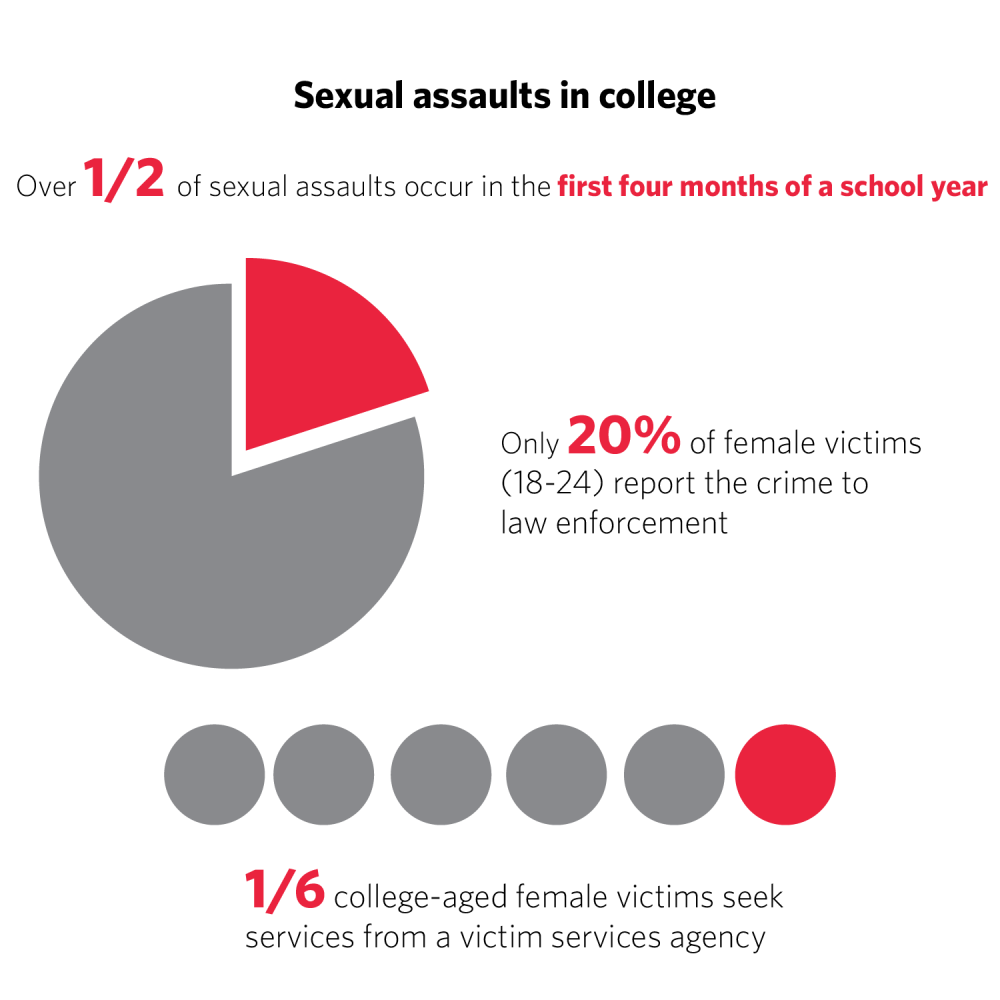Students knew their attacker in University sexual assault, abuse
Sep 21, 2017
The University of Illinois Police Department sent out a campus safety notice Monday regarding two separate cases of sexual assault and sexual abuse in University residence halls.
The sexual assault case occurred on Aug. 25 and the sexual abuse occurred on Sept. 16.
The state of Illinois deems these cases classified, according to Patrick Wade, UIPD spokesman.
The difference between sexual assault and sexual abuse may depend on the context, but the determination is often based on if there was an act of sexual penetration, Wade said in an email.
“Generally, for something to be classified as a sexual assault, there was some kind of sexual penetration,” Wade said. “Sexual abuse refers to non-penetrative sexual acts, like fondling.”
Get The Daily Illini in your inbox!
More than 50 percent of college assaults occur in either August, September, October or November, according to a study published in 2008 by Journal of American College Health.
A report on the Campus Climate Survey on Sexual Assault and Sexual Misconduct National Crime Victimization Survey published by the Justice Department in 2014 shows 11.2 percent of all graduate and undergraduate students experience rape or sexual assault through physical force, violence or incapacitation.
“Some students may not know that the Women’s Resources Center is a designated confidential resource for survivors of stalking, and sexual, domestic, and dating violence,” said Sarah Colomé, Director of the Women’s Resource Center, in an email. “At the WRC, we can talk with students, staff, or faculty who have questions, need resources or referrals, or even just need a safe place to process what happened.”
In both of sexual assault and sexual abuse case referred to in the campus safety notice, the victims knew their attacker.
Colome cited that between 85 and 90 percent of female survivors of sexual assault knew the person that assaulted them.
Almost 47 percent of female survivors had at least one perpetrator who was an acquaintance, and almost 46 percent of female survivors had at least one perpetrator who was an intimate partner.
Nearly 45 percent of male survivors were raped by an acquaintance, and 29 percent were raped by an intimate partner.
The Women’s Resources Center provides programs, resources and services to survivors of stalking, and domestic, dating, and sexual violence. Advocacy to help with significant others and parents, the legal and criminal justice system, the student disciplinary process and academic system are also offered.
Information and referrals on mental health needs are also provided to students whether they are on campus, in the community, in the home community or abroad.
“In fact, this semester we are proud to be launching our first Expressive Arts Peer Support Group for survivors,” Colome said.
More resources can be found on the Women’s Resource Center’s website, as well as through the University.
“Our resources aren’t exclusive to survivors either – we’re happy to connect with friends and family who want more information about how to support their roommate, partner, friend, or anyone else they care about,” Colome said.






